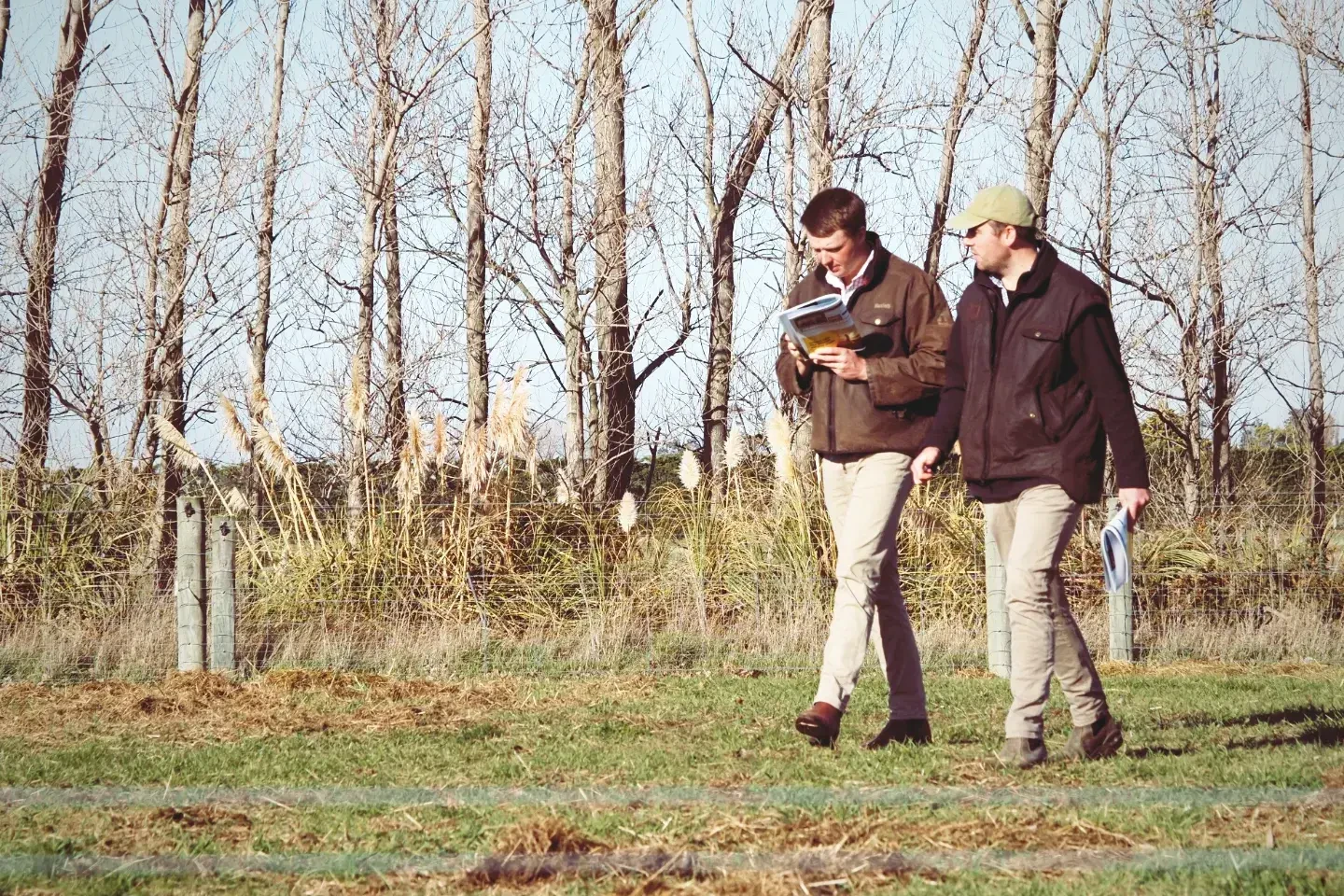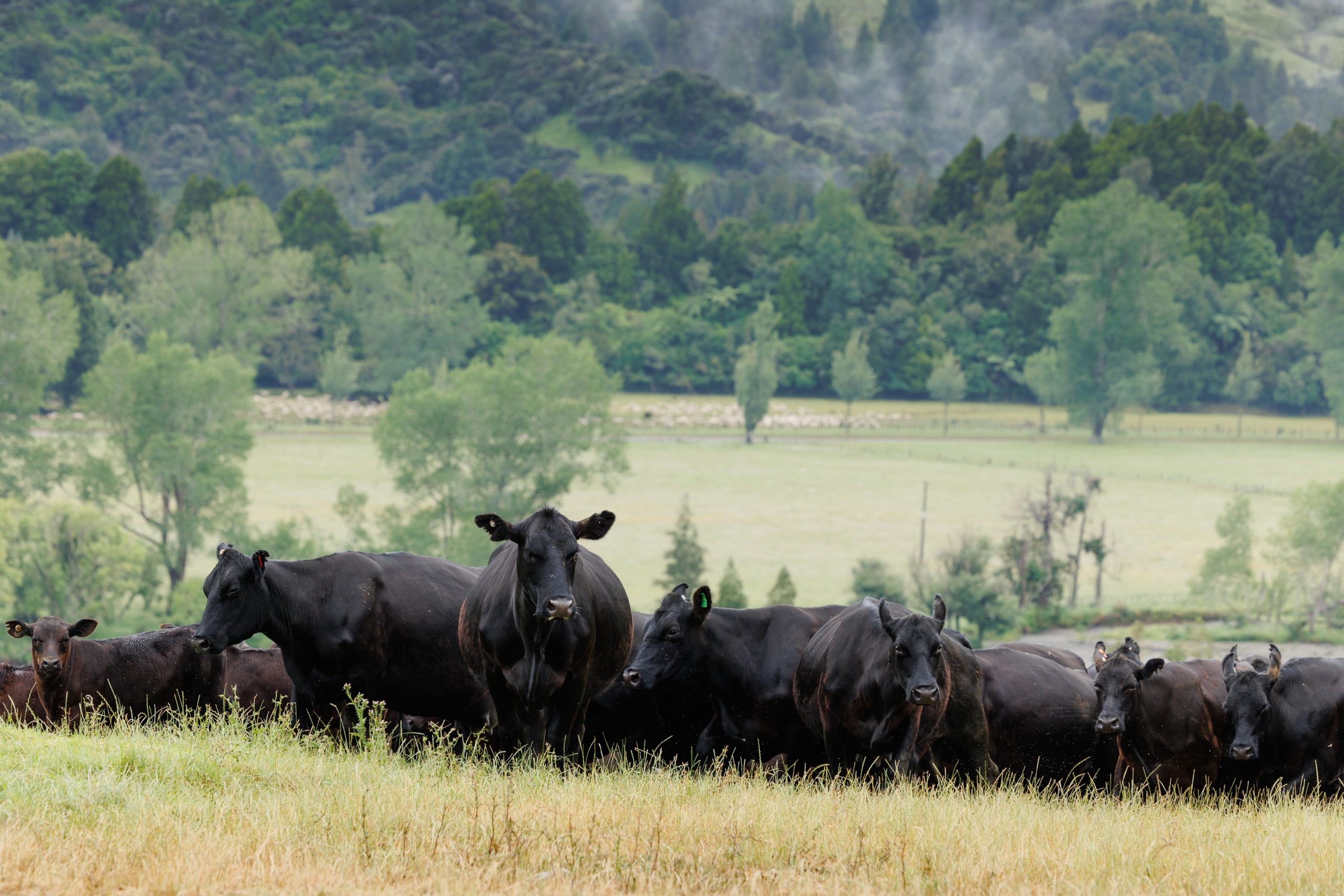Lack of forward contracts still hinders rearer fortunes
Widespread use of forward contracts for 100kg dairy beef calves to lock in acceptable rearing margins continues to elude the beef sector. Words by Tony Leggett.

In spite of obvious benefits, most 100kg calf buyers remain reluctant to commit to any formal contract to take calves at a price that will sustain a stable calf rearing sector. There are exceptions and one large scale calf rearing business owner agreed to talk to BEEF Country about his approach to contract rearing, provided his identity remained anonymous.
His business rears between 8000 and 9000 calves annually, split between autumn (18%) and spring (82%). Two-thirds of the spring-born calves are reared to 100kg liveweight on supply contracts at an agreed price based on his buy-in price for the four-day-old calves.
“Signing up to rear that number of calves on contract is just being financially prudent. It means we know we can cover most of our rearing costs in the spring when we’re doing that number on contracts where our margin is known before we start,” he says.
The remaining third of the spring-born calves are reared to 100kg and sold on the open market at the best price available on the day.
Most of his company’s autumn-reared calves are not reared on formal contracts but are sold to a small group of return buyers each year who are aware of the need to pay an acceptable price. Having buyers happy to agree a contract price for their 100kg calves that reflects the four-day-old calf buy-in price has been a gamechanger for his business.
 It allows him to remove the impact of a weak beef schedule at the time of marketing 100kg calves in late spring or early summer on the open market each year. “Like everyone, we’re facing big increases in the costs for all our inputs and our staff. That’s a big reason for many of the rearers no longer remaining in the industry,” he says.
It allows him to remove the impact of a weak beef schedule at the time of marketing 100kg calves in late spring or early summer on the open market each year. “Like everyone, we’re facing big increases in the costs for all our inputs and our staff. That’s a big reason for many of the rearers no longer remaining in the industry,” he says.
He says greater use of semen by dairy farmers is leading to an increase in the supply of beef-cross calves suitable for rearing because more cows are being mated to beef sires. With an increase in the supply of beef-cross calves, he’s hoping it will also help keep a lid on buy-in prices too.
Of course, lower prices for four-day-old calves may entice more opportunistic rearers to get into the sector. “It’s generally a two-year cycle for most calf rearers and it usually ends in tears for them when they figure out they’ve made very little out of it and done a lot of work.”
He’s unable to quantify the number of calf rearers who have dropped out of the sector in the past few years, but says it is high. Calf rearing research scientist Dr Paul Muir says he’s not surprised by the continued churn among calf rearers, particularly those rearing small numbers, because the rewards are so volatile.
“It’s different when someone is rearing heifer replacements for a dairy farmer or Wagyu-cross calves for a finisher supplying First Light because those people want those animals and are prepared to pay for them to be reared to an agreed standard,” Muir says.
“But if you’re a beef finisher sourcing 100 kg Friesian bull calves, you want to buy them in for as little as possible, and most rearers are not set up to take the calves on past that 100kg mark so they are forced to quit them at whatever is on offer,” he says.
Greater use of sexed semen by dairy farmers is leading to an increase in the supply of beef-cross calves suitable for rearing because more cows are being mated to beef sires.
“When we surveyed calf rearers 20 years ago, the annual rate for exiting the business was something like 25%.” He was unsure what the churn rate is now but suspects it could be higher as small calf rearing enterprises disappear from the sector.
After nearly 30 years of research into calf rearing, Muir says the emergence of large-scale operations rearing thousands of calves is a natural progression leading from the development of once-a-day feeding systems. “Feeding calves once a day means you can cope with feeding big numbers because it doesn’t matter if you feed them at 9 am or 3 pm, they just need that one feed of milk each day.”
“If you’re based in a dairy area, you can access cheap whole milk, you can pick up whole milk and calves from nearby in your own truck and your scale means you get bulk discounts available on feed and other inputs. Those bigger operations can certainly rear calves for less cost than the smaller operations.”
Regardless of the size of the rearing operation, Dr Muir advises everyone to monitor their rearing margin closely to ensure their viability.




